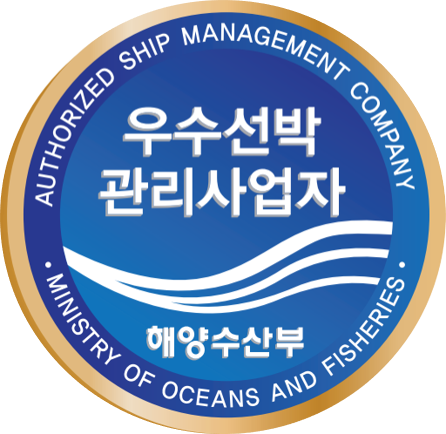Biofouling: An overview of regulations globally-New Zealand,Australia,…
페이지 정보
작성자 최고관리자 댓글 0건 조회 1,299회 작성일 22-03-24 10:36본문
Biofouling: An overview of regulations globally
by The Editorial Team
As new requirements for managing biofouling on international vessels arriving in Australia will begin on 15 June 2022, more countries around the world have already established similar regulations to address the effects of biofouling.
The transfer of invasive aquatic species to new environments via ships has been identified by the IMO as a major threat to the world’s oceans and to the conservation of biodiversity.
Taking the above into consideration, Alvin Forster, Loss Prevention Executive, North Club provides an overview of the countries around the world with regulations that are strict towards clean hull requirements.
New Zealand
The Craft Risk Management Standard (CRMS) came into force on 18 May 2018. This mandatory ‘clean hull’ requirement applies to vessels entering NZ territorial waters and non-compliance can lead to expulsion.
Before entering NZ territorial waters, the operator must submit the following:
- Advanced Notice of Arrival.
- Biofouling and Ballast Water Declaration.
- Master’s Declaration.
- Verifiable evidence that one of the three management options to meet the biofouling standard have been completed:
- Carry out hull cleaning within 30 days of arrival
- Provide evidence of continual hull maintenance in accordance with best practice (e.g. antifouling certificate, biofouling management plan, biofouling record book, report from last hull cleaning)
- Book an appointment to haul out a vessel at an approved facility with 24 hours of arrival
- Details about the vessel’s antifouling
coating (AFC) such as date of last renewal, certificate of treatment and
service life.
Intended length of stay within NZT and the places the vessel intends to visit. - Whether a Biofouling Management Plan (BFMP) and Biofouling Record Book (BFRB) (or any other forms of records) are kept.
- Whether the vessel has spent extensive time idle or extended periods mainly stationary in a single location.
This information is used by the Ministry for Primary Industries (MPI) to carry out a biofouling risk assessment, the rating of which determines the level of verification that MPI Quarantine Officers will carry out.
Australia
From 15 June 2022, vessel operators must provide information on the vessel’s biofouling management prior to entering Australian territorial seas. This information will need to be reported through the Maritime Arrivals Reporting System (MARS).
The information will then be used to target vessel interventions. Vessel operators will receive less intervention for biofouling if they comply with one of the following three accepted biofouling management practices:
- Implementation of an effective biofouling management plan; or
- Cleaning of all biofouling within 30 days prior to arriving in Australian territory; or
- Implementation of an alternative biofouling management method pre-approved by the Australian Government’s Department of Agriculture, Water and the Environment.
A vessel operator that has not applied one of the three accepted biofouling management practices will be subject to further questions and assessment of the biosecurity risk associated with biofouling on the vessel.
The new requirements will be phased in. From 15 June 2022 to 15 December 2023 an ‘education first’ approach will be taken.
However, powers under the Biosecurity Act 2015 will be used to manage unacceptable biosecurity risks associated with biofouling.
California
The California State Lands Commission (SLC) Marine Invasive Species Program (MISP) applies to vessels 300 GT and above and are capable of carrying ballast water.
Funded through a $1,000 fee on qualifying vessel voyage arrivals, the biofouling regulations require:
- Developing and maintaining a Biofouling Management Plan.
- Developing and maintaining a Biofouling Record Book.
- Mandatory biofouling management of the vessel’s wetted surfaces.
- Mandatory biofouling management for vessels that undergo an extended stay in the same location (45 or more days).
- An Annual Vessel Reporting Form (AVRF) must be submitted once per calendar year and at least 24 hours prior to a vessel’s first arrival at a California port. The AVRF must be submitted through the web-based platform https://www.MISP.IO.
- 이전글Britania - Safe Passage Planing 22.03.24
- 다음글Many containers lost in North Pacific UPDATE 22.03.24




